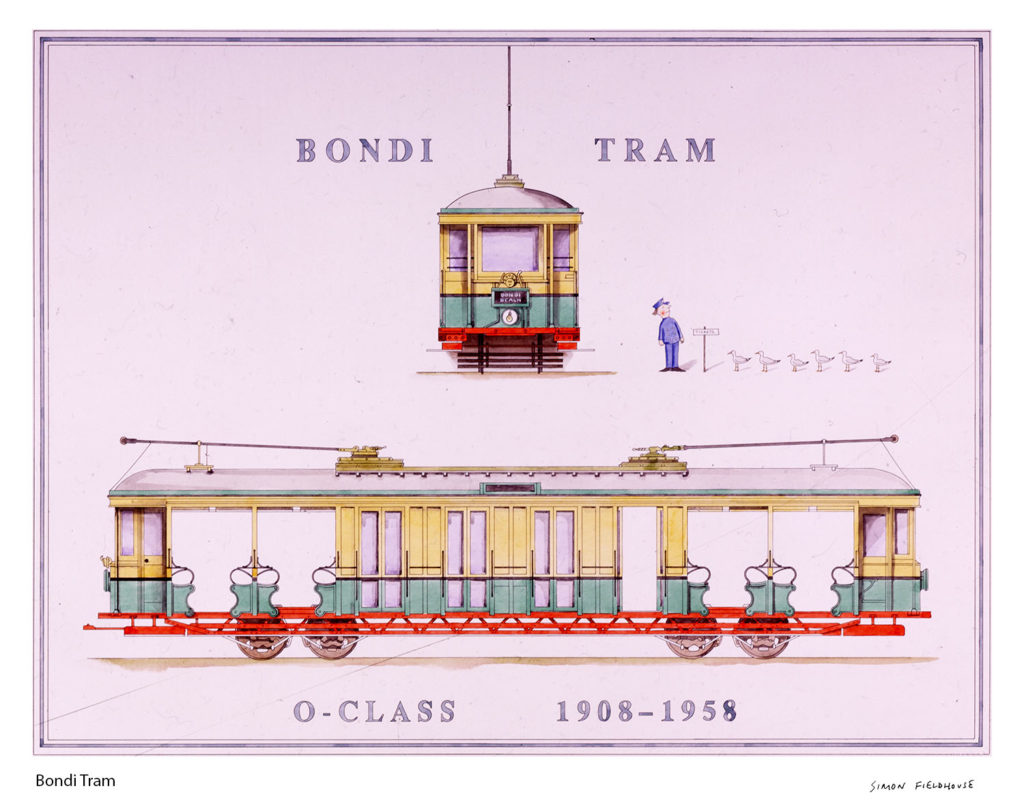
Bondi Tram
The History of Bondi Trams in Sydney. The story of Bondi trams in Sydney is one that reflects the city's growth, transformation, and the evolution of its transportation system. Bondi, a world-famous beach suburb on the eastern coast of Sydney, is closely associated with trams that once transported thousands of people to this iconic destination. The history of Bondi trams is not only a testament to the changing modes of transportation but also a reflection of Sydney's urban development.
The concept of trams in Sydney can be traced back to the 19th century. The earliest form of public transportation in the city involved horse-drawn trams that began operation in 1861, serving limited routes within the city. However, the transition to electric trams in the late 19th and early 20th centuries marked a significant turning point in Sydney's public transportation history.
Electric trams first appeared in Sydney in 1899, offering a cleaner, more efficient, and faster mode of transportation. The introduction of these trams revolutionized urban mobility, connecting various suburbs, including Bondi, with the city center. Bondi, with its picturesque beach and growing popularity as a holiday destination, quickly became a prime candidate for tramway expansion.
The Bondi tram line, officially known as the Bondi Beach and North Bondi Electric Tramway, was inaugurated in 1902. This 6.5-mile (10.5 km) route was designed to carry passengers from the city center to the scenic Bondi Beach. The trams, with their distinctive green and cream livery, became an iconic sight in Sydney. They provided a convenient and affordable means of reaching the beach, attracting both local commuters and tourists.
The Bondi trams played a vital role in shaping the development of Bondi and its surroundings. As more people gained easy access to the beach, the area experienced a boom in tourism and property development. Bondi quickly transformed from a quiet suburb to a bustling holiday destination, with hotels, restaurants, and amusements lining the beachfront.
Over the years, the Bondi tram service expanded and adapted to meet the changing needs of the growing population. Tram routes were extended, and the fleet of trams modernized to accommodate more passengers. In the 1920s and 1930s, the popularity of trams in Sydney reached its peak, with the Bondi line being one of the most heavily used routes in the city.
However, the post-war years witnessed a decline in the popularity of trams, as automobiles became more accessible and bus services improved. Sydney's trams faced increasing competition and struggled to keep up. The Bondi tramline, once emblematic of Sydney, could not escape this trend. The last tram departed Bondi in 1961, marking the end of an era.
The removal of the Bondi trams was met with mixed feelings. While some celebrated the advent of modern buses, others lamented the end of a cherished tradition. In the years that followed, the city underwent significant changes in its transportation infrastructure, including the construction of the Sydney Opera House, the development of the Sydney Harbour Bridge, and the expansion of the road network.
Today, Bondi Beach remains one of Sydney's most iconic destinations, but its connection to the trams has become a distant memory for many. The historical significance of the Bondi trams, however, is not forgotten. The tram tracks, power poles, and heritage tram cars are preserved in parts of the city as a reminder of the past.
In conclusion, the history of Bondi trams in Sydney encapsulates the evolution of urban transportation and the role of public transit in shaping the city's development. The trams were not just a means of getting from one place to another; they were an integral part of Sydney's identity and history. Today, they stand as a symbol of a bygone era, a testament to the changing face of transportation, and a cherished memory for those who once rode the Bondi trams along the picturesque coastline of Sydney.